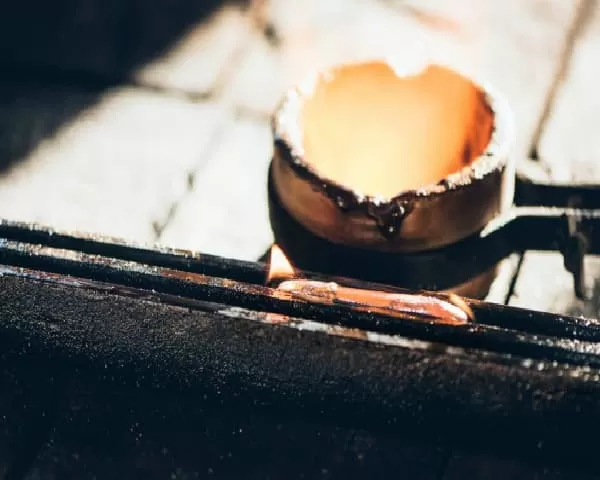The Use of the Crucible
A crucible is a ceramic vessel capable of withstanding extreme temperatures, while the cover is designed to prevent heat from escaping from the crucible. Although traditionally made of clay, modern crucibles come in a variety of material forms, including graphite, platinum, and other heat-resistant inert metals. Crucibles are used for a variety of purposes, and are particularly common among chemists for chemical analysis of various substances.
They are typically found in laboratories where various chemicals are heated, but can also be used to determine the ash content of burnable samples such as coal and wood.
The most important uses of a crucible are:
- Calcination of substances
- Melting
In chemistry to heat compounds to high temperatures.
- Crucibles allow chemical compounds to be heated to very high temperatures. They are sometimes used in conjunction with a loose lid made of a similar material. The lid is purposely loosened to allow gases to escape during heating.
- The tweezers, sometimes called crucible clamps, are specially designed to grip the shape of the crucibles so that they can move safely when they are hot.
- Graphite crucibles are commonly used to heat and melt metals, this type can withstand temperatures of over 1600 ° C.
Tips for Crucible Use
The crucibles should be handled carefully using appropriate fitting clamps. Clamps are lifting tools used to protect crucibles from damage or failure. Before heating, a cardboard plate can be placed between the furnace base and the crucible. The cardboard will burn, leaving a layer of carbon in the middle, and will protect the crucible from joining the furnace base.
It is best to use different crucibles for different types of metals to avoid contamination. Also be sure to empty the crucible completely after each use, as the metal that is left to solidify can expand when overheated, which can destroy the crucible.
Crucibles should be “tempered” before use. Heat the empty crucible to a temperature of approximately 500 degrees F. and hold for 20 minutes. Then work the crucible over red heat. Turn off the heat and allow the crucible to cool slowly. This process removes any moisture in the crucible. The crucible is now ready for use.
Place the material loosely in the crucible. Do not pack the crucible, as the material will expand when heated and may damage the ceramic. When the material has melted, carefully load more material into the puddle to melt it (Warning: if moisture is present in the new material, a steam explosion may occur). This time, do not pack the metal well. Continue to add the material to the container until the required amount has been melted. Use the appropriate tools to transport and pour the melt. The use of safety equipment is essential, as melting metal is an inherently hazardous activity.
Other Laboratory Materials and Instruments in ALPHAPEDIA

LABORATORY TWEEZER TYPES
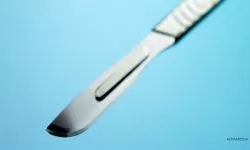
SCALPEL PRICE: Reviews and Offers
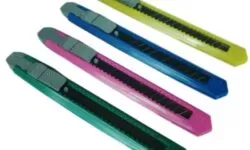
SCHOOL SCALPEL

CAPACITOR: Definition, Types, Uses and Prices
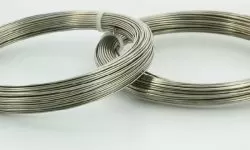
PLATINUM WIRE: What Is It ? Its Function and Price

BEAKER FEATURES
Other Topics of Interest in ALPHAPEDIA

FREE FLIGHT COURSE
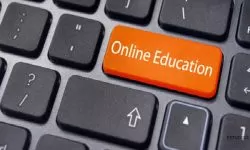
FREE MASTER DEGREE IN POLITICAL MARKETING

FREE BACHELOR DEGREE IN ACUPUNCTURE

FREE FOOD SAFETY COURSE

FREE MASTER DEGREE IN ACCOUNTING

FREE BACHELOR DEGREE IN STATISTICS
Image Of CRUCIBLE

